XFX 680i LT and 650i Ultra Motherboard Reviews
650i Ultra Bundle And BIOS
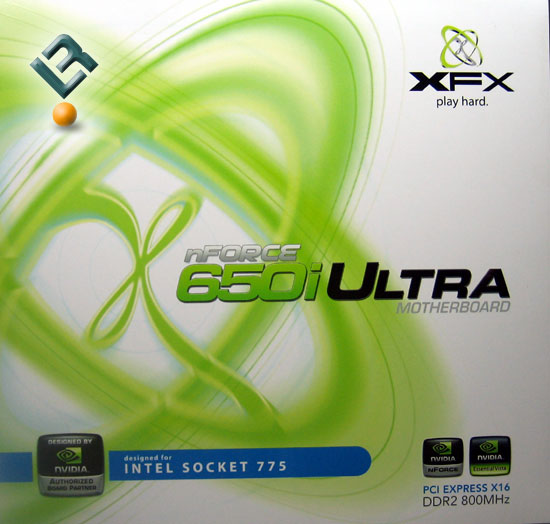
The appearance of the packaging of the XFX 650i Ultra is very similiar to that of the 680i LT board from XFX, as you can see.
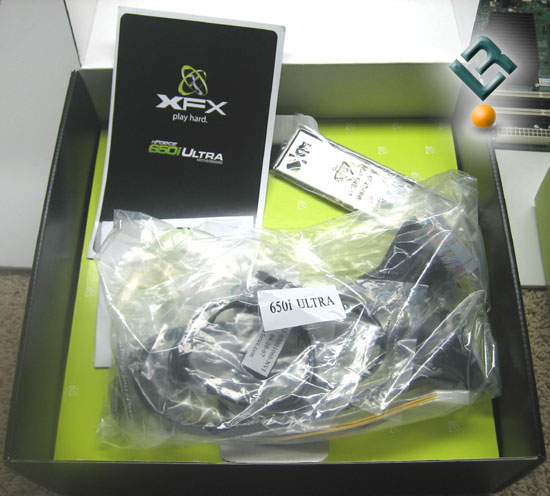
The bundle is also very similiar. The USB and firewire headers are not in the 650i Ultra package, and of course, the SLi bridge is missing as well. You also do not get the fancy envelop to hold all the documentation with this board, but the documentation and CD are still in there.
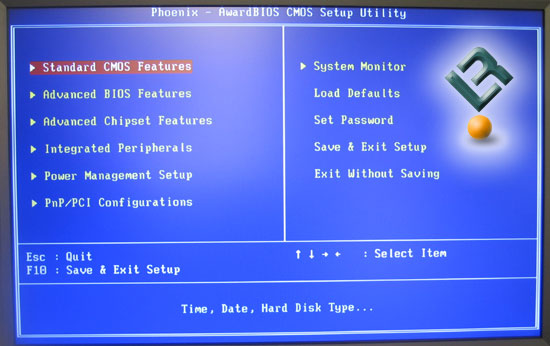
The XFX 650i Ultra also comes with the AWARD bios. It has a few of the features removed, but overall, navigation is the same, and you will have no problem finding what you need inside.
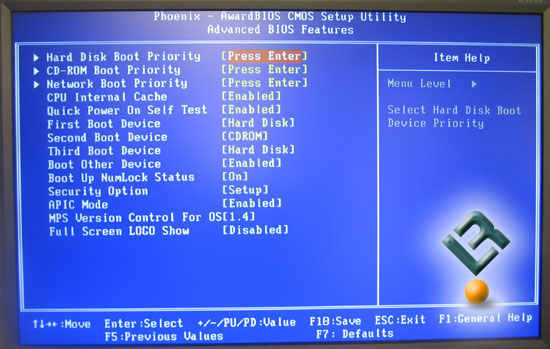
The Advanced BIOS features page allows you to set boot order and devices. It also allows you to adjust start-up items like number lock and full screen logo.
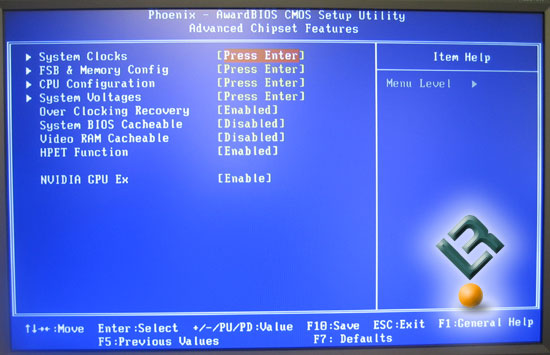
The Advanced Chipset Features page is where you will do most of your tweaking and adjusting of setings. Everything you need for overclocking is right here on this page as well.
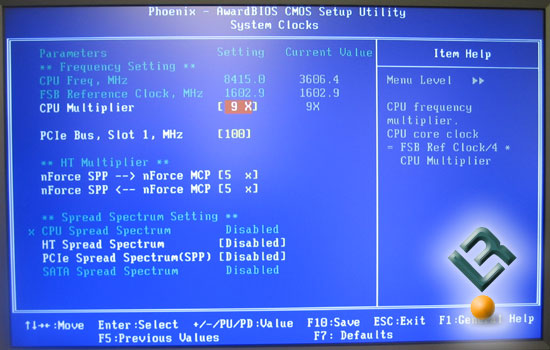
Under our system clocks page we have the CPU multiplier adjustment, along with a few other items that most will not adjust.
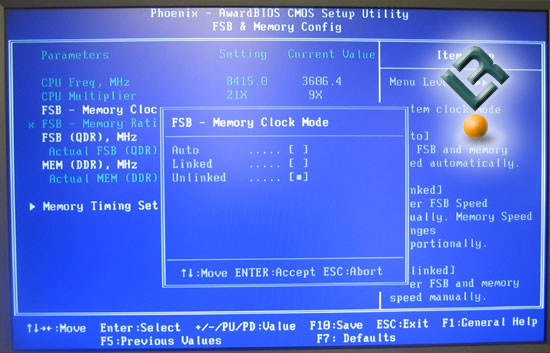
The 650i Ultra board allows you to choose to run your memory either linked or unlinked, just like the full 680i board does.
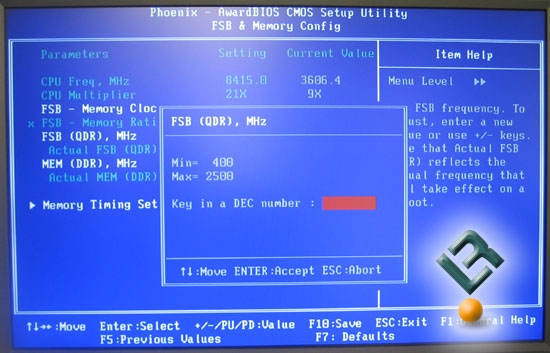
As you will see, the options for FSB an several other settings will be the same as on the 680i LT board that we looked at. In fact, the options are the same on all of the 600 series boards. FSB goes all the way up to 2500 (625×4).
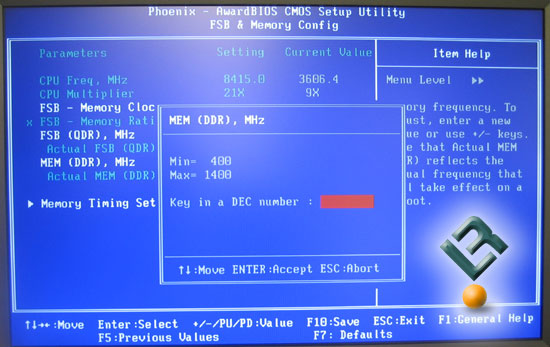
Memspeed goes to 1400 DDR.
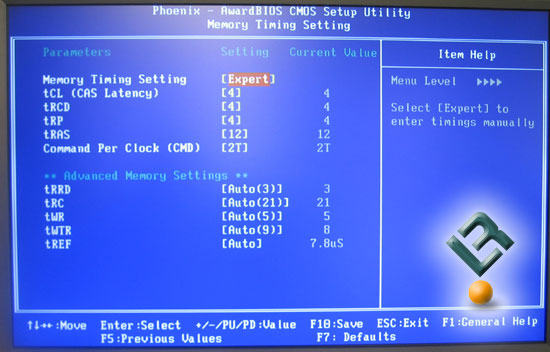
Memory timings are also set in this area of the bios. As you can see, there are not as many settings to adjust as we saw in our last DFI review, but for all but the most dedicated tweaker, this will suffice.
Voltages on the board are also pretty adaquate. I was really only disappointed with the vdimm options, as you will see. But this is not just a XFX thing, it is the same with all brands of these 650i Ultra boards. Another thing that disappointed was that this board, like the 680i LT reports in the BIOS that the vcore undervolts by .5v, which is quite a bit when the option only allows for up to 1.6v as it is. Something to think about. Anyways, let’s look at the voltages…
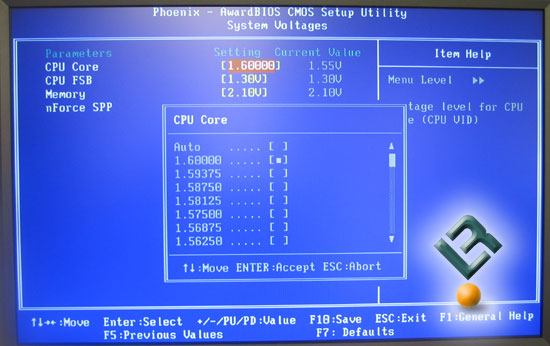
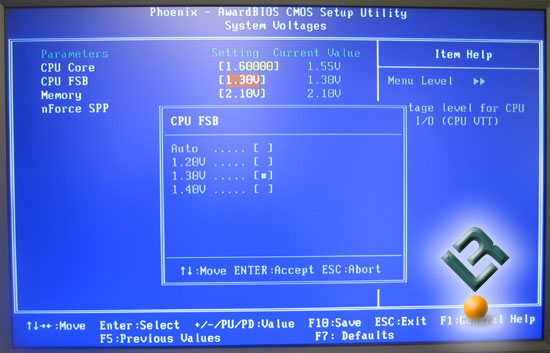
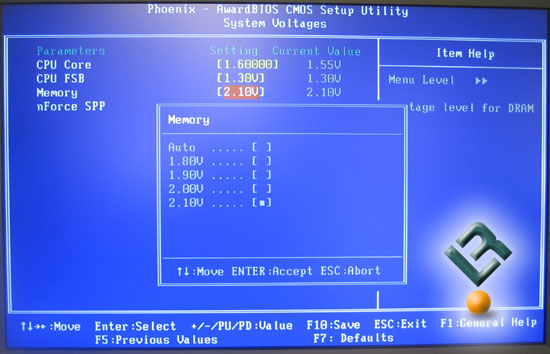
Once again, this is the one I am disappointed in. I know that Nvidia has to set the boards apart by neutering them in some areas, I just ahte to see that in the Vdimm, as some ddr modules need more than that to run at rated speeds (like the ShellShock we reviewed). We would not even be able to run those modules on this board. Lastly, is the SPP voltage…
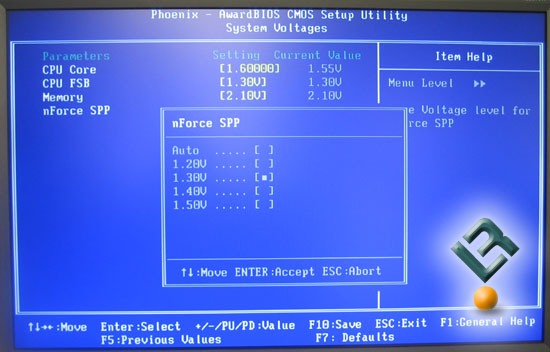
The last page we will look at is the health, or system monitor page. It has enough info to get by, though I would like to see the vdimm represented here.
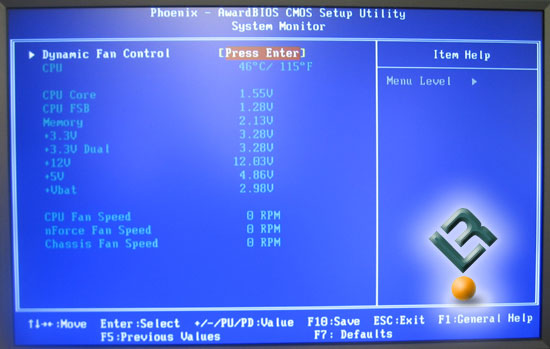
Let’s move on!

Comments are closed.